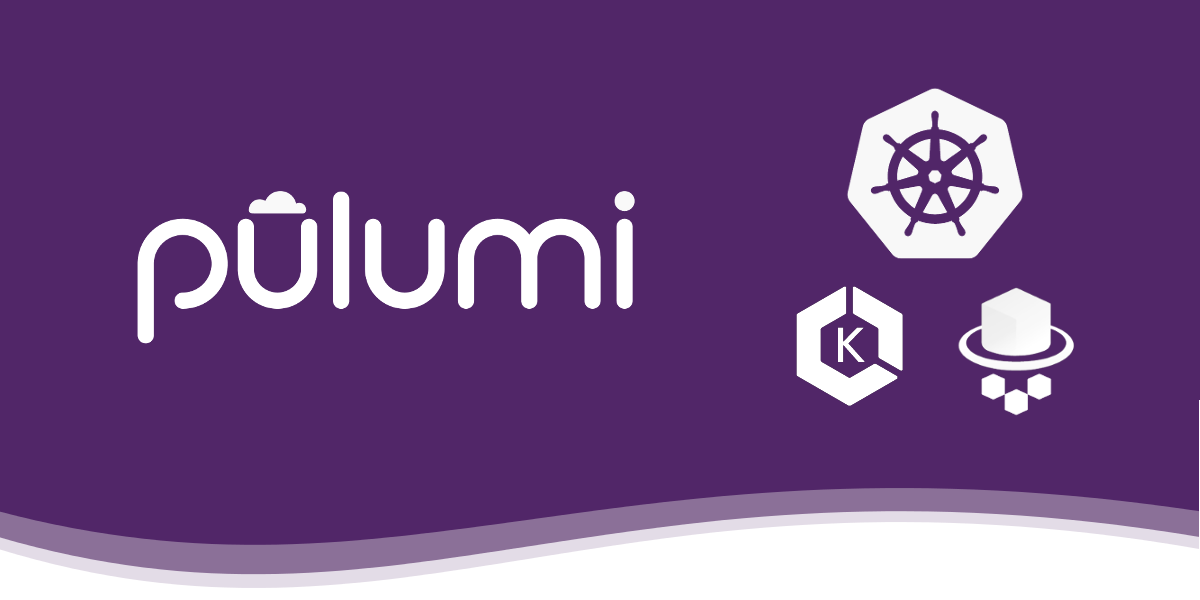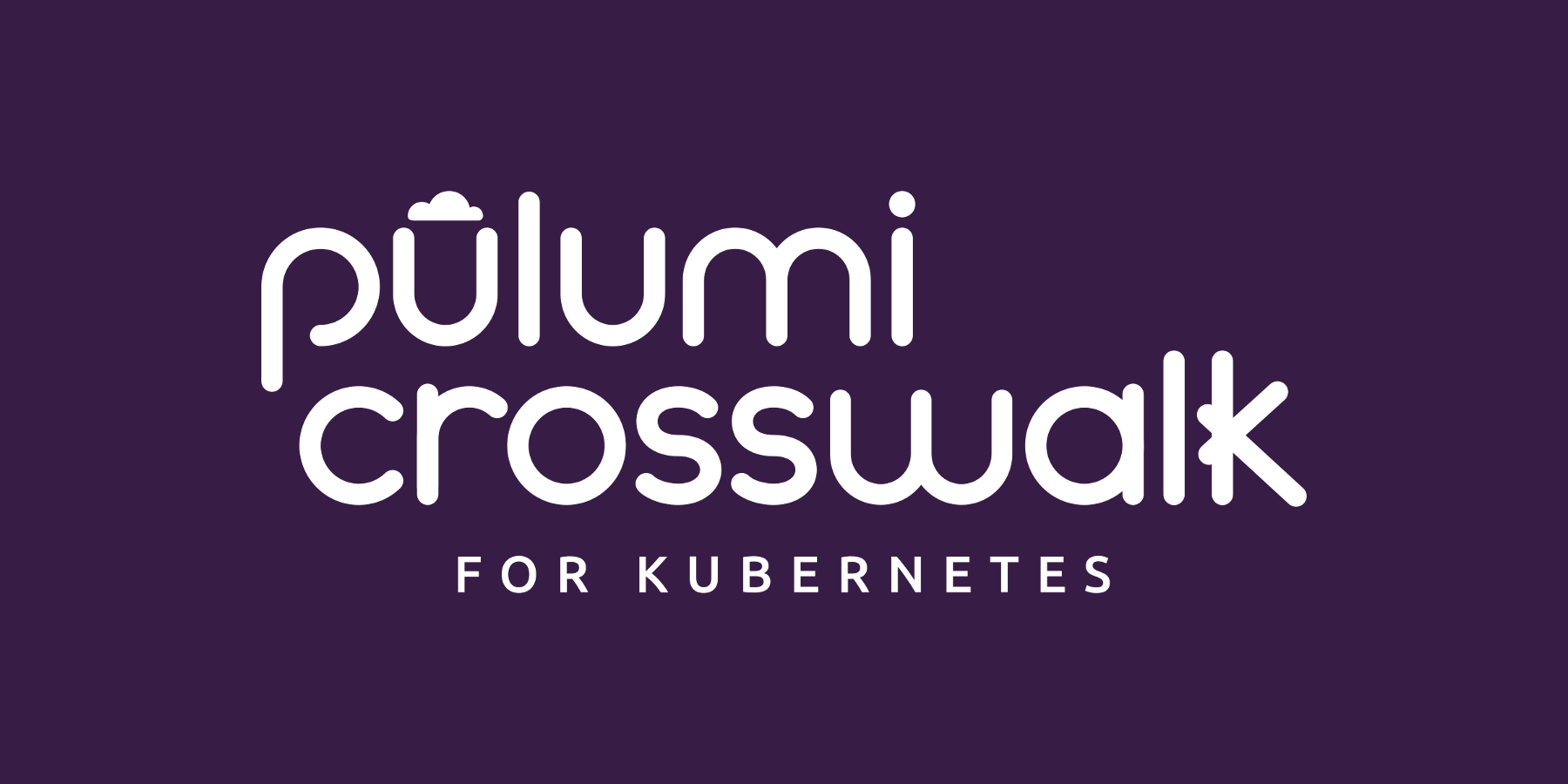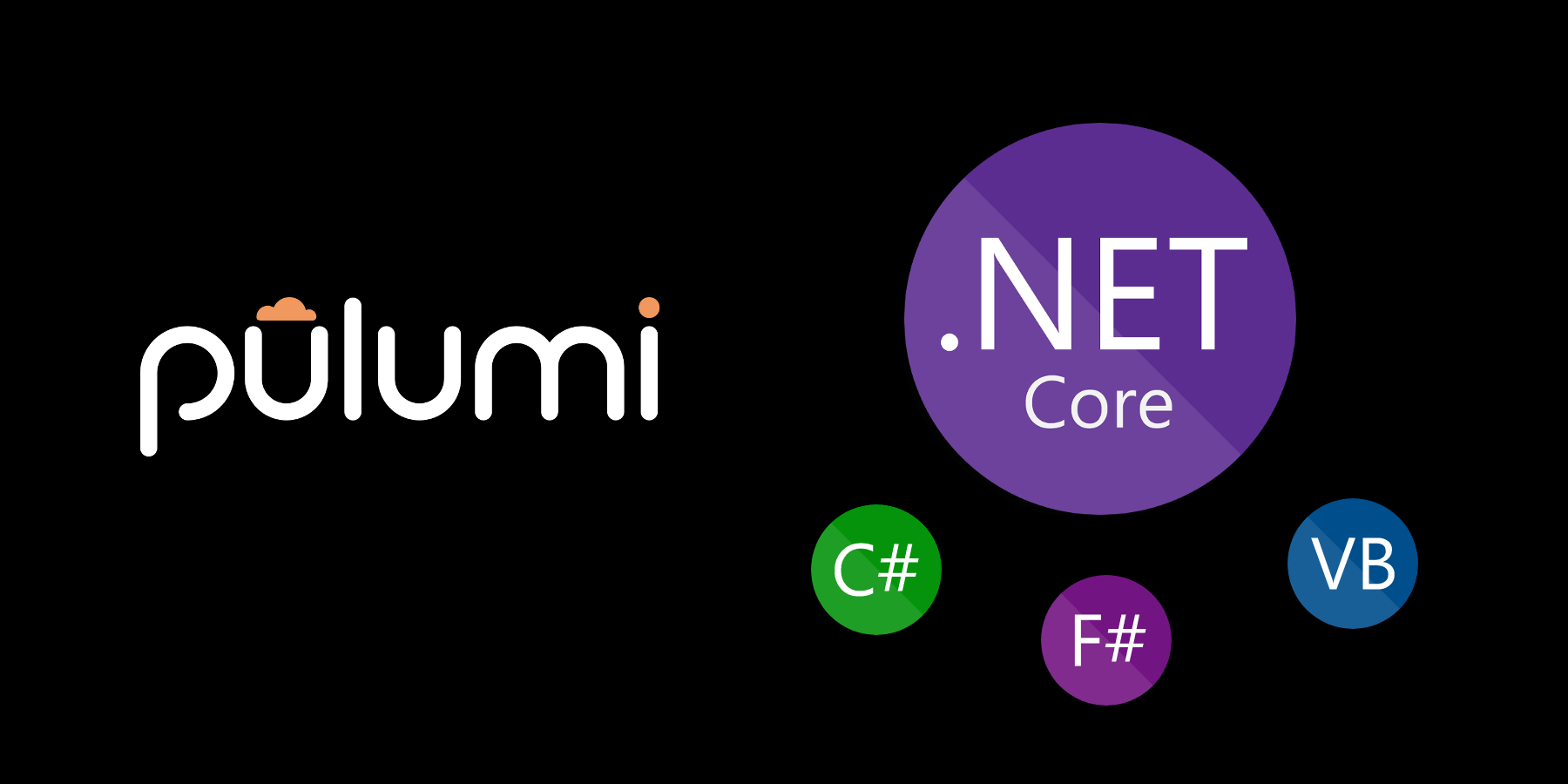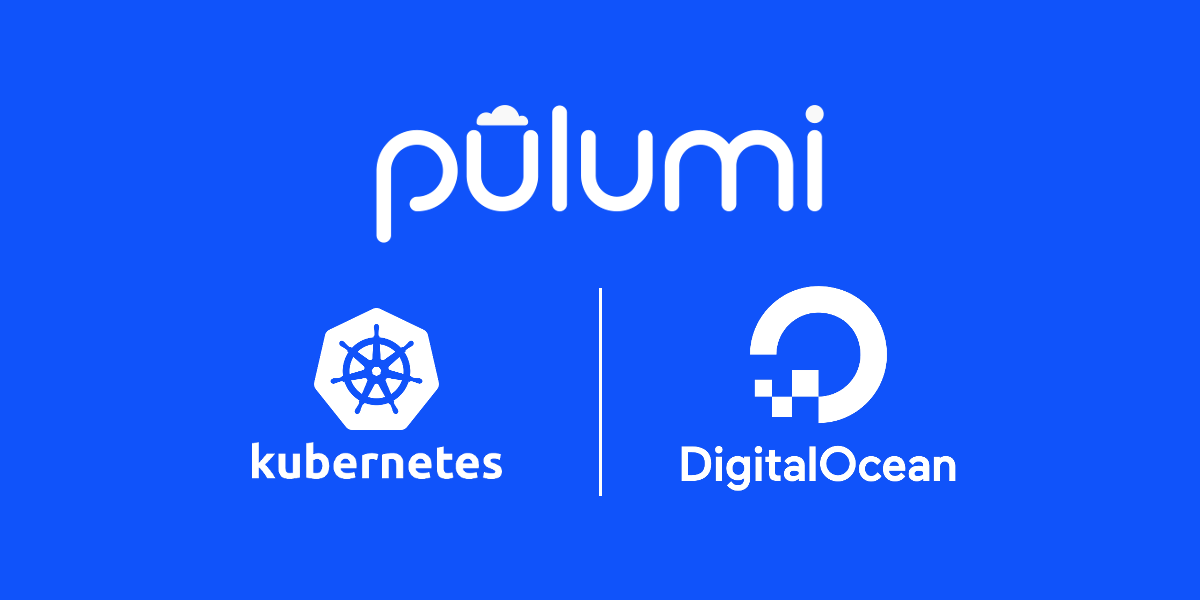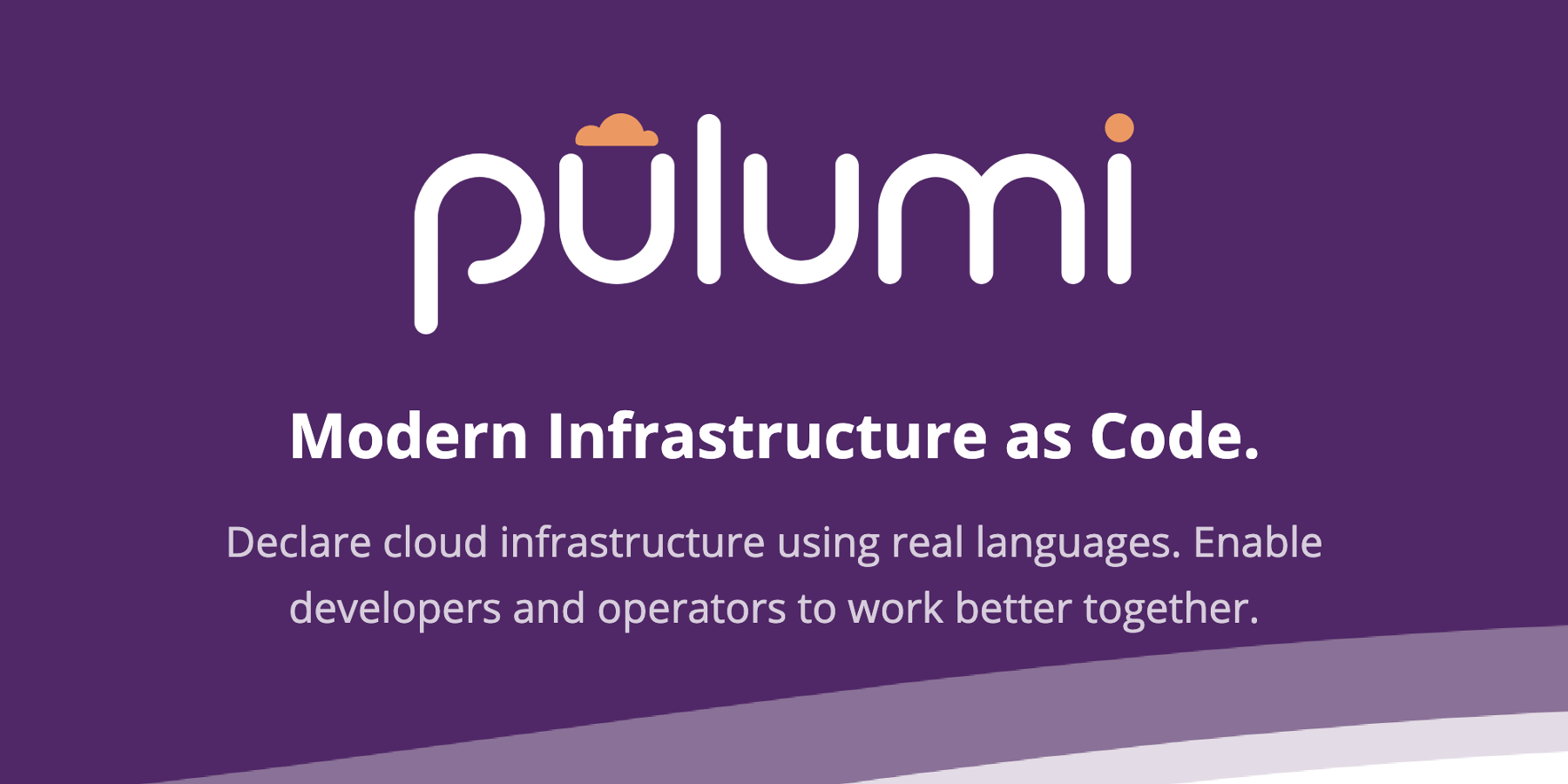
Today we’ve published Pulumi’s 2.0 roadmap. 2.0 is the next major phase in Pulumi’s journey, and will include better productivity through languages, libraries, and tools, in addition to advanced features for teams in production. And, though we are excited to share our own thoughts, more than anything else, we’d love to hear your feedback to help make sure it’s right.
Since releasing Pulumi 1.0 in September, we have heard loud and clear that you appreciate the commitment to compatibility, as well as the completeness and stability of the platform, and we have been hard at work making sure we honor those promises.
Read more →



